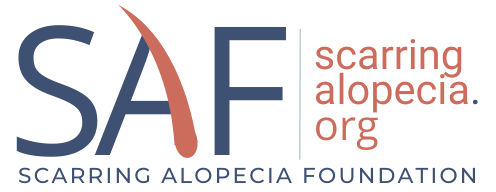Is minoxidil safe to use for cicatricial alopecia?
Lynne J. Goldberg, MD
Professor of Dermatology and Pathology
Boston University School of Medicine
Minoxidil, or Rogaine, is approved by the Food and Drug Administration (FDA) for men and women with androgenetic alopecia, or pattern hair loss. It is a topical product available over the counter in several concentrations, most commonly 2% and 5%. It is applied topically to the scalp once or twice daily, and is used to stop the decrease in size that is associated with genetic hair loss.
Although not FDA approved for other indications, minoxidil is often used for different types of hair loss. Alopecia areata is an autoimmune, non-scarring alopecia that typically causes patches of reversible alopecia. Minoxidil can sometimes stimulate hair growth in patients with this disease. Traction alopecia is hair loss related to frequent pull on the hair shaft. Many physicians believe that minoxidil can help thicken small hairs that are left behind in this disease. Minoxidil does not create new hair follicles in patients with cicatricial alopecia. Its use in these diseases is mainly can help those with coexistent genetic hair loss, in the hopes of retaining as much unaffected hair as possible.
The main side effects of minoxidil are irritation and excess facial hair. It is safe to use in cicatricial alopecia as long as it does not worsen scalp symptoms such as itching and burning. The foam vehicle (available in the 5% concentration) tends to be less irritating and may be preferred in this setting. You should talk to your doctor if you would like to consider using minoxidil.

